Art and Culture
The Asturian museums of industry started to show up in a period of twenty years between the creation in 1994 of the MUMI, the Mining and Industry Museum, and the public opening in 2014 of the Sotón mine shaft, which had ceased its activity on the same date. This is a very specific context, which was mainly characterised by the deindustrialisation, by the development of archaeology and industrial heritage, as well as by the will to promote tourism.
The MUMI was inaugurated in March 1994 and consists of a main building, designed by the architect Juan Ramón Fernández-Tresguerres, and a mine imitation, designed by the mining engineer José María Iglesias Fernández. The Museum is located on the site of a former mine tailings deposit, which affected a large area of the banks of the Nalón river. It became extremely deteriorated due to decades of coal washing and depositing. This was being recovered at that time thanks to the National Plan of Community Interest (Plan Nacional de Interés Comunitario), from which the museum also received funding. Thus, the museum, together with the regeneration of the Nalón river, made it possible to recover a wide riverbank that was then incorporated into the urban area, improving its environment and territorial connection.
Soon, the museum started to host a large number of visitors (more than sixty thousand a year), a public that still maintains nowadays. This makes it the fifth most visited centre in Asturias. But more importantly, the MUMI is still the best option for understanding the coal mining activity, its mechanisms, its technologies and history, as well as the relationship of the different branches of this industry, especially the chemical explosive branch.
It is a museum of monumental dimensions that has a very complete and exceptional collection of pieces of great value and interest in terms of mining lamps, minerals, machinery, locomotives, mock-ups and posters. This unique exhibition is completed with a tour of the mine imitation facilities, where we can find even more original pieces or mining ramps that allow to understand the mining work and its evolution thanks to an excellent guide.


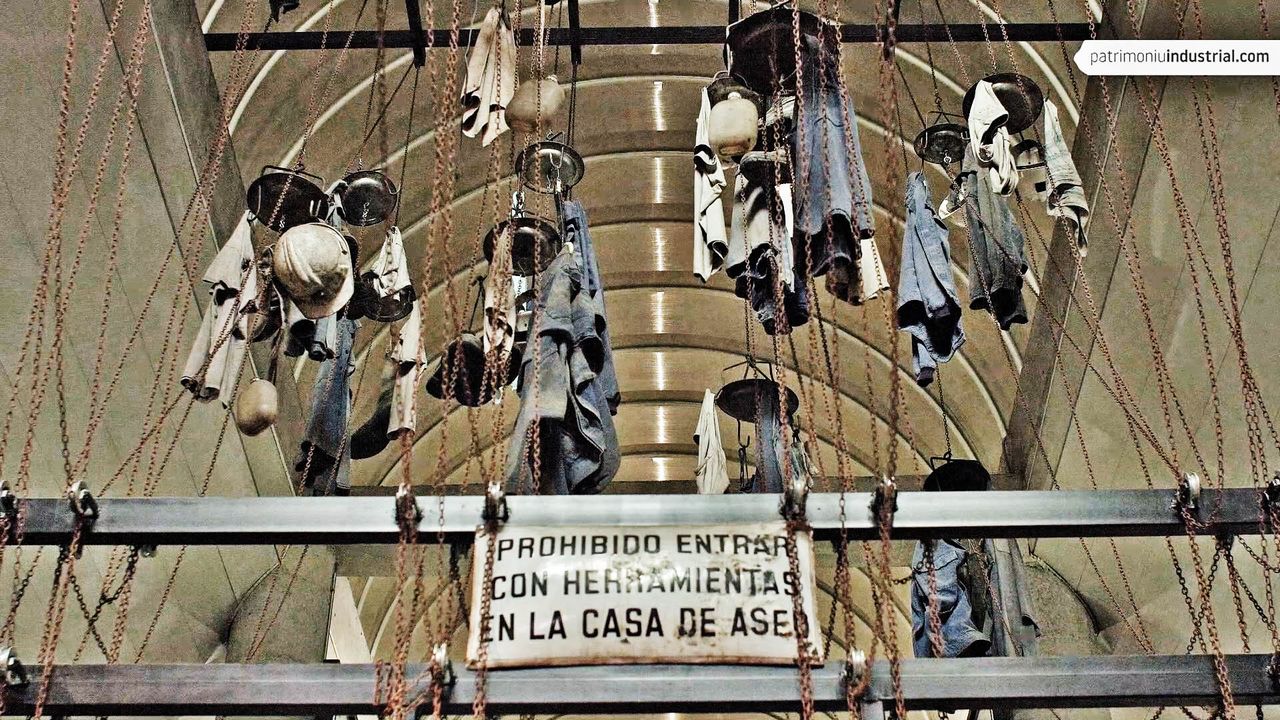
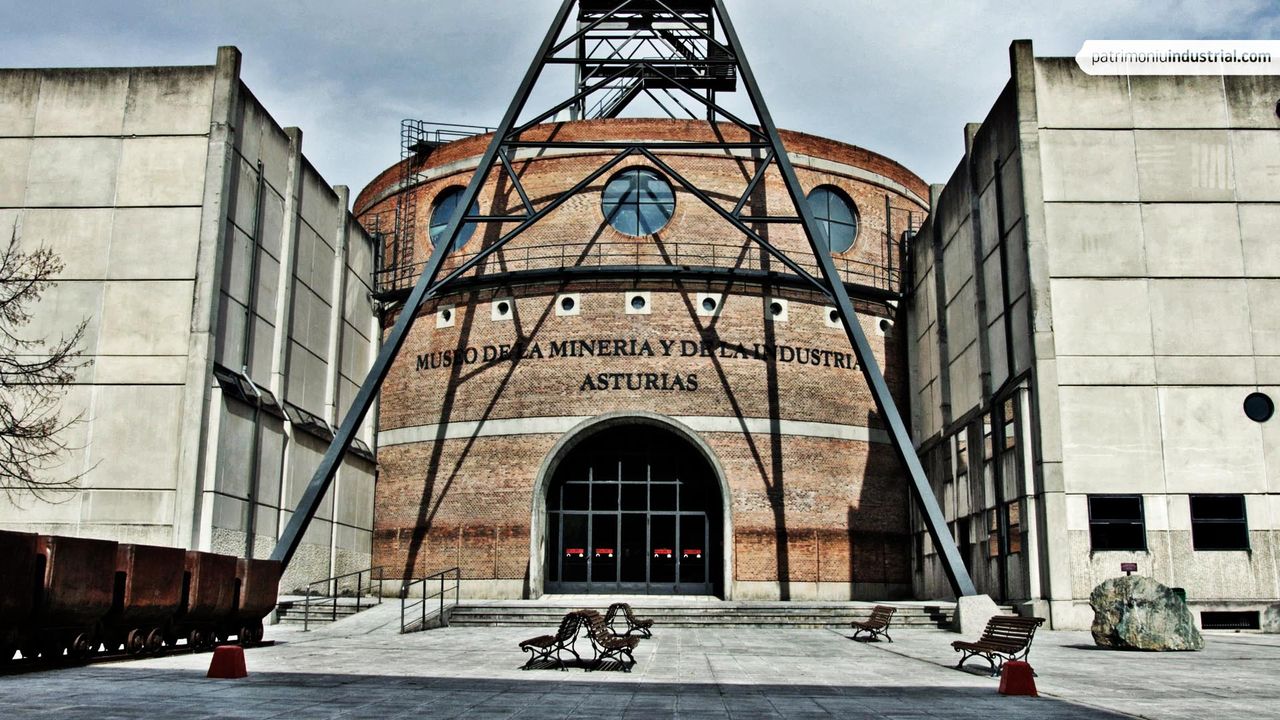
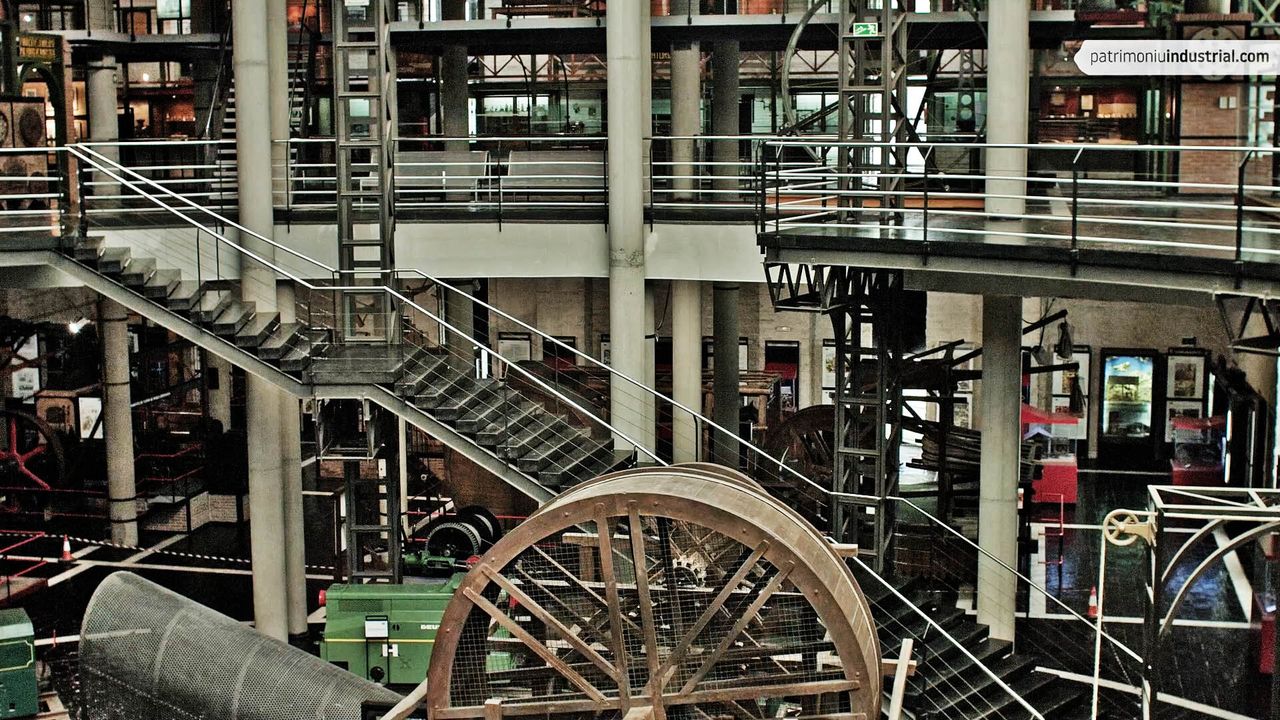
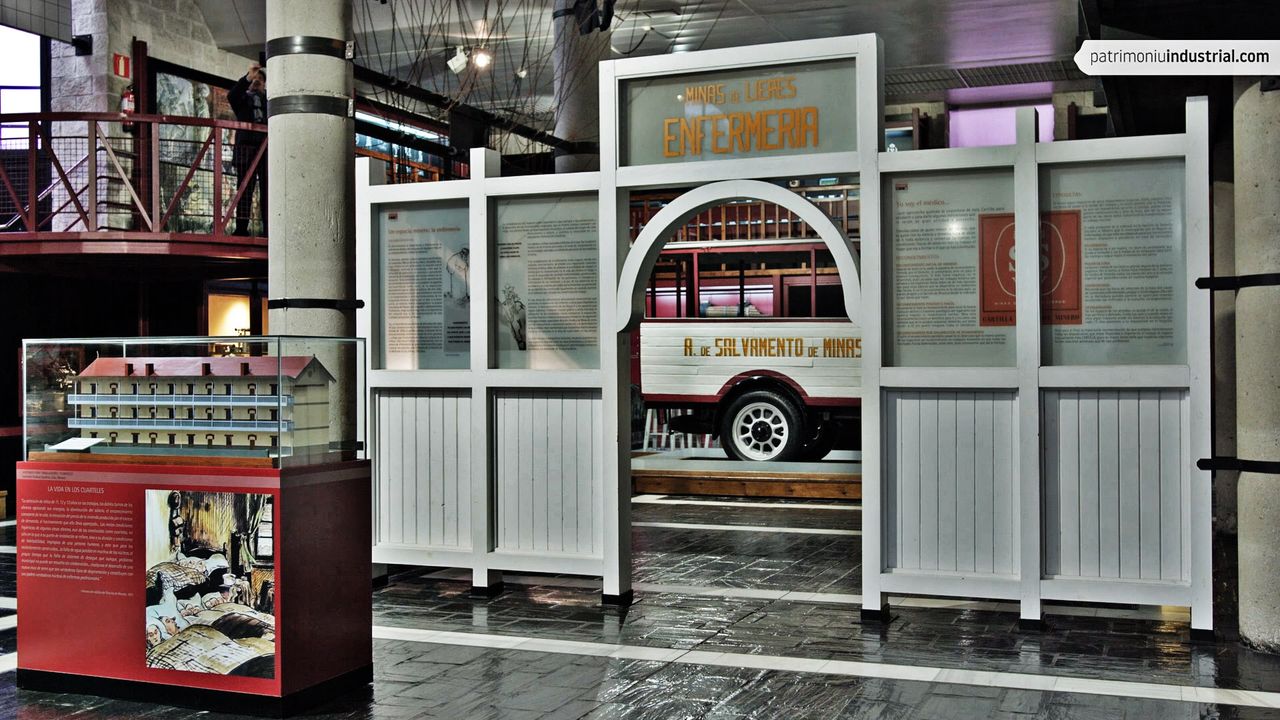
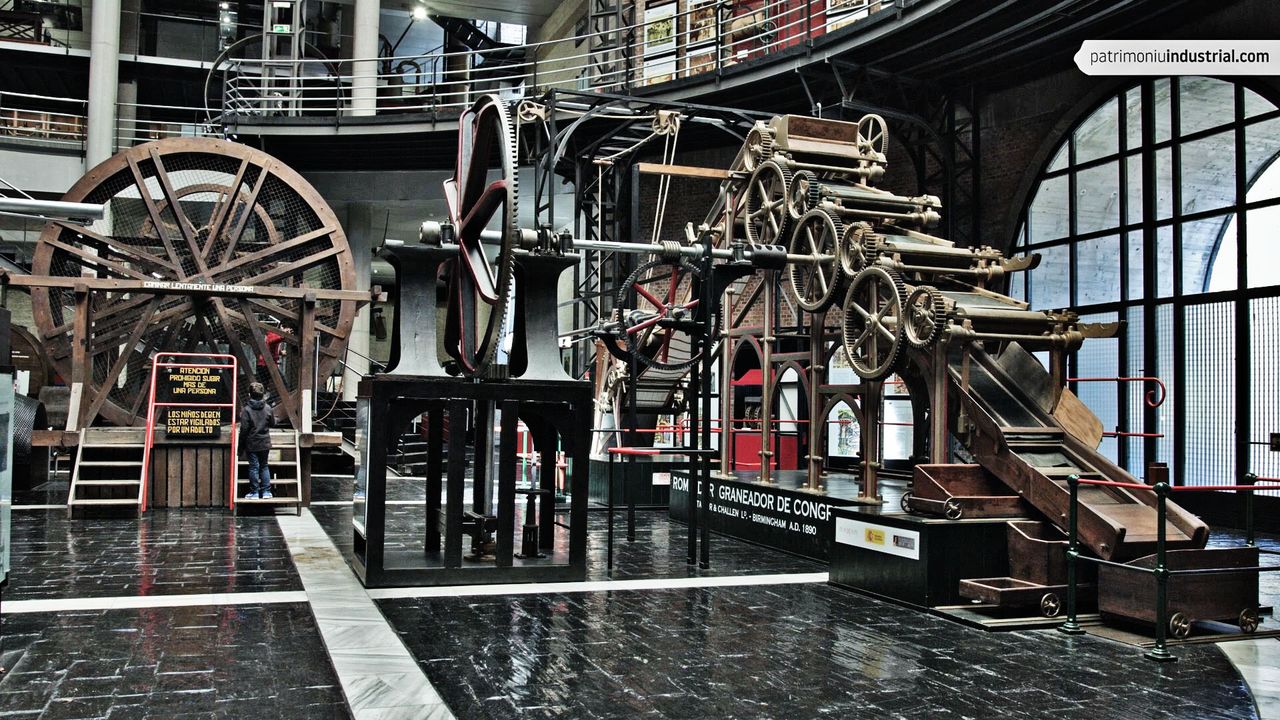
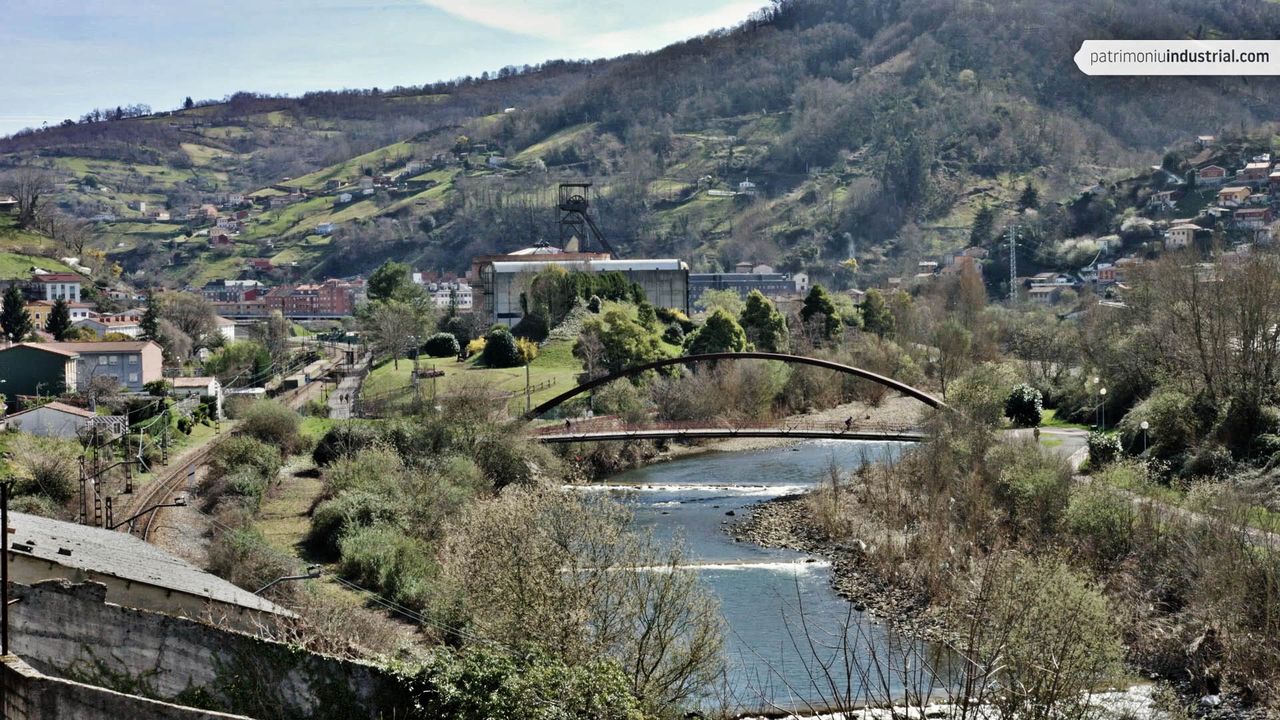
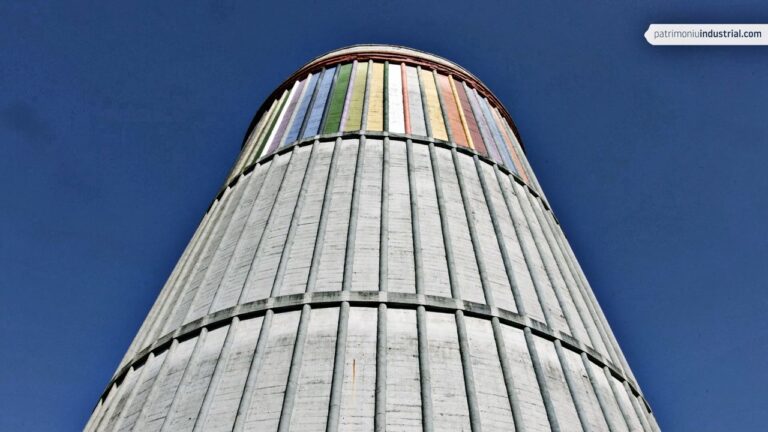

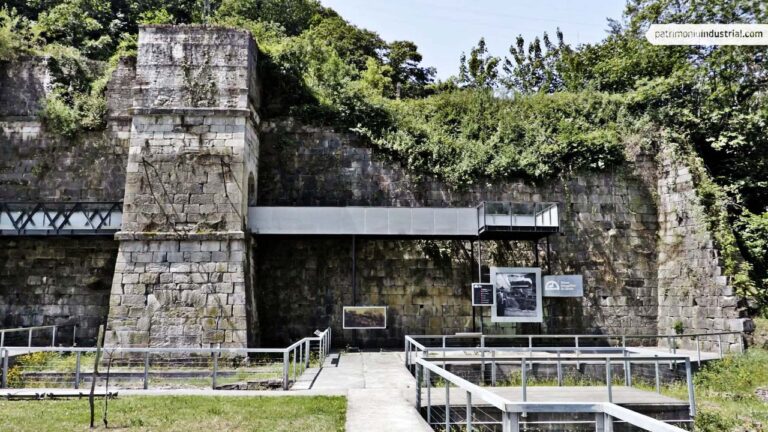

Recent Comments